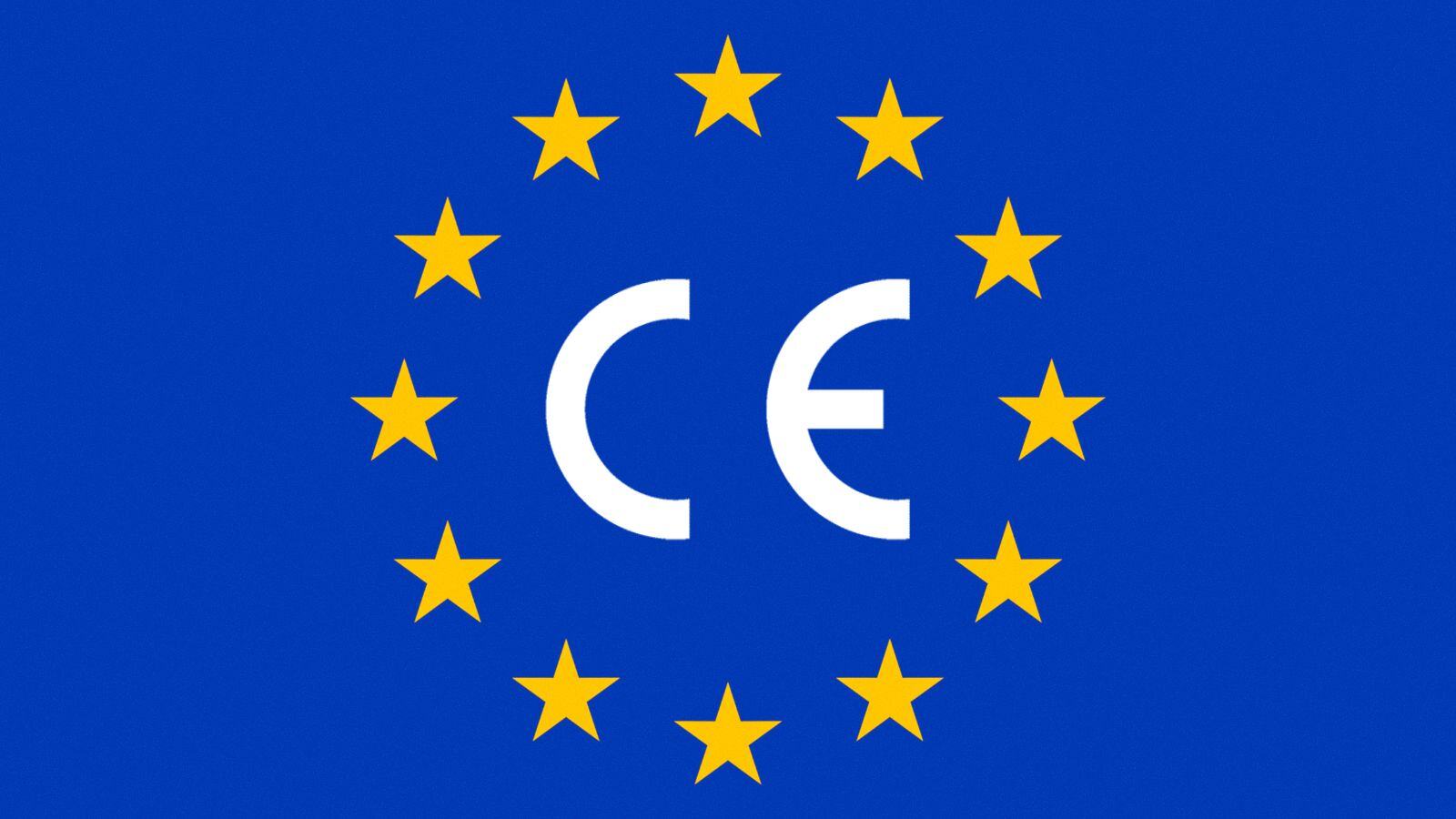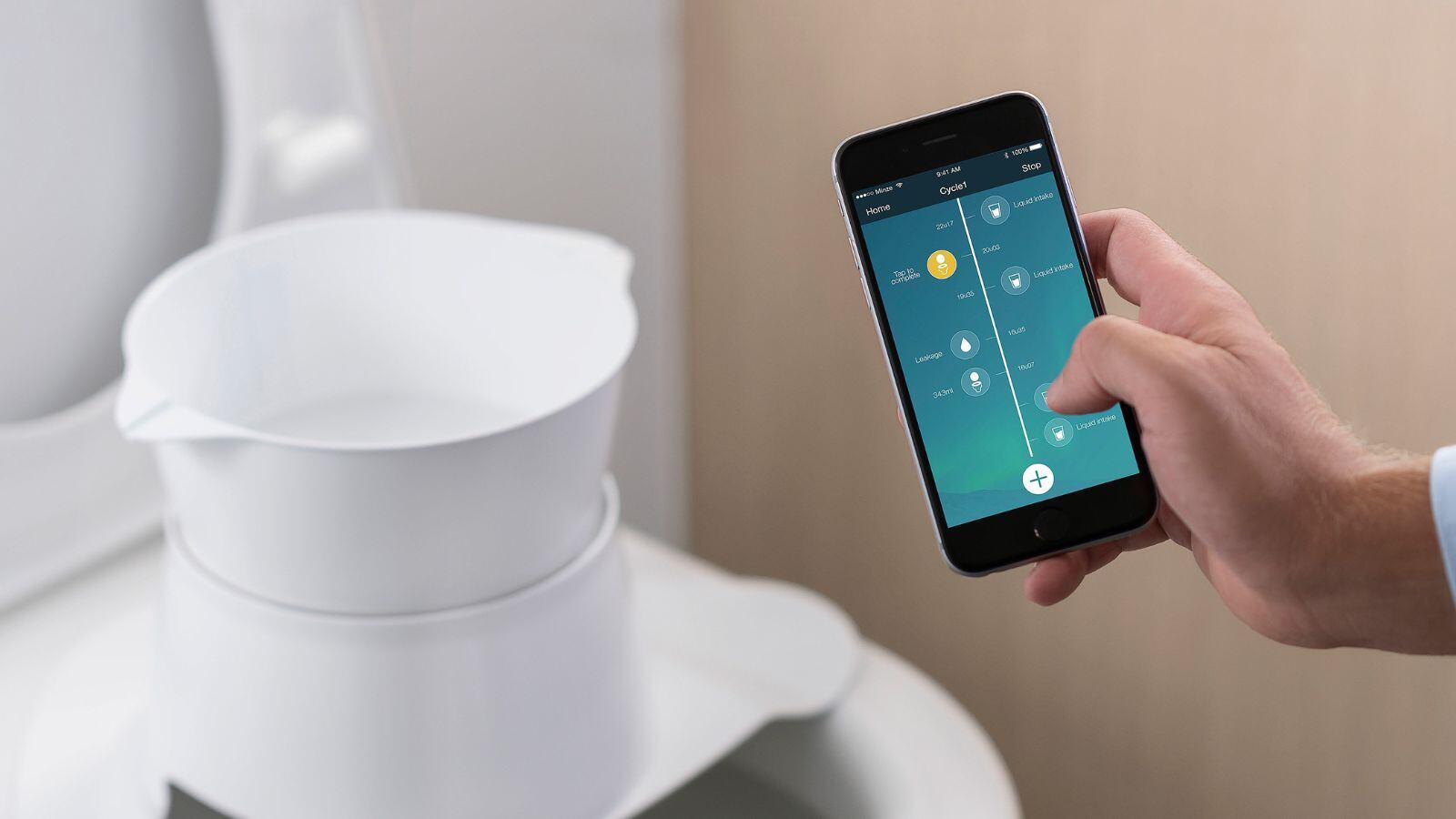In recent discussions, the European Commission’s proposal for extending the transitional period for In Vitro Diagnostic medical devices (IVDs) under Regulation (EU) 2017/746 (IVDR) has sparked significant interest and debate within the medical device industry. This proposal aims to address critical concerns surrounding the availability of high-risk IVDs in the European Union (EU) market post the current May 2025 deadline. Let’s delve deeper into the rationale behind this proposal and its implications.
Why Extend the Transitional Period?
The proposal to extend the transitional period arises from the current scenario where there is a shortage of high-risk IVDs certified or being assessed under the IVDR. Especially for these high-risk Class D devices, there is a concern about potential disruptions in patient care and healthcare systems.
Consultation and Potential Amendments
While the proposal is open for stakeholder consultation and potential amendments, measures will likely be implemented to ensure that IVDs certified under the previous directive (IVD Directive 98/79/EC) remain available on the market for an extended period. This move is essential to mitigate the risk of shortages and maintain continuity in healthcare services.
Balancing Industry Needs and Patient Safety
Critics may question whether the Commission is yielding to industry pressure or allowing manufacturers to dictate compliance timelines. However, it’s crucial to acknowledge that many manufacturers have already achieved IVDR compliance or are actively working towards it. The extension provides additional time for those lagging behind while safeguarding patient safety.
Streamlining Certification Processes
The proposal includes measures to expedite certain aspects of IVDR implementation, such as making the EUDAMED modules which have been completed mandatory sooner and introducing the requirement for compliant Quality Management Systems by May 2025. These steps aim to streamline certification processes and facilitate smoother transitions for manufacturers.
Elegant Solutions for Product Replacement
One noteworthy aspect of the proposal is its provision for products intended for replacement shortly after current IVDR deadlines. For example, a legacy Class C IVD of which the manufacturer is developing a new generation that should be ready for conformity assessment in 2027. Under the current transitional provisions, the legacy IVD must be IVDR certified by the deadline of May 2026. The newer generation should also undergo conformity assessment as it is significantly different from the legacy product. The European Commission proposed that the manufacturer lodges an application with a notified body for the new Class C product before May 2026, which would then allow the legacy Class C product to stay on the market until that new product is certified under IVDR. In the case of Class C products, the new deadline for IVDR compliance in the proposal has been set for December 2028.
Challenges and Risks
Despite the extension, there are inherent risks, including the potential for some companies to postpone IVDR compliance efforts once again. This could lead to a slowdown in the rate of applications for conformity assessment, ultimately impacting patient access to innovative diagnostic tests.
Maintaining Competitiveness and Innovation
Manufacturers must also consider the competitive landscape and evolving technological advancements. The proposed deadlines for IVDR certification offer both opportunities and challenges, emphasizing the need for continuous innovation and adaptation to meet market demands effectively.
Conclusion
In conclusion, the European Commission’s proposal for extending the transitional period for IVDs reflects a careful balance between industry needs and patient safety. While providing much-needed flexibility for manufacturers, it also underscores the importance of maintaining momentum toward IVDR compliance. Ultimately, the success of this proposal hinges on industry stakeholders’ commitment to prioritizing patient health and driving innovation in diagnostic technologies.























.jpg)



